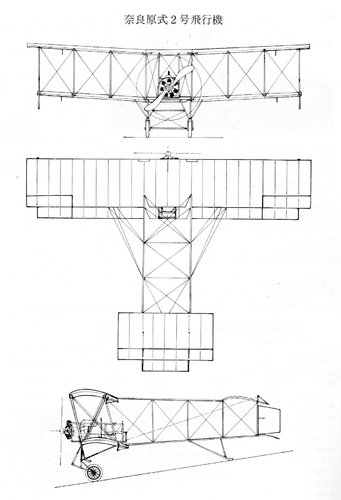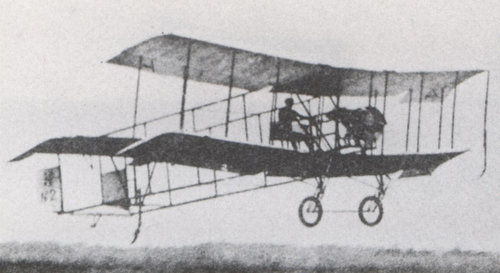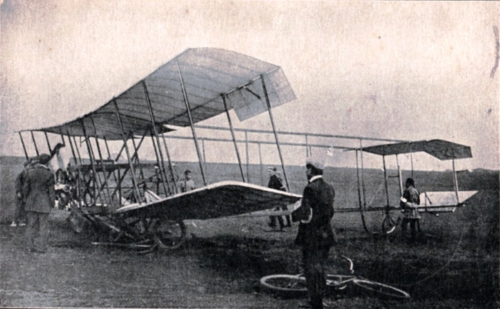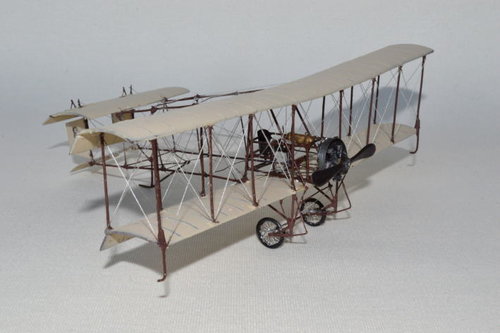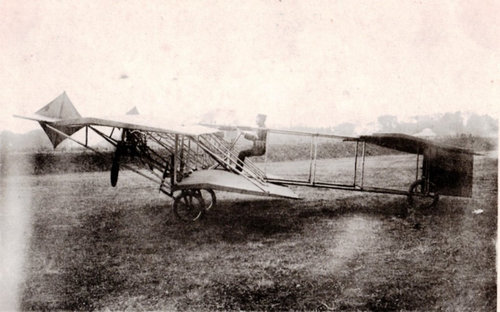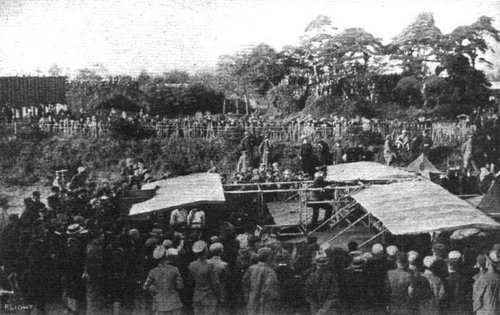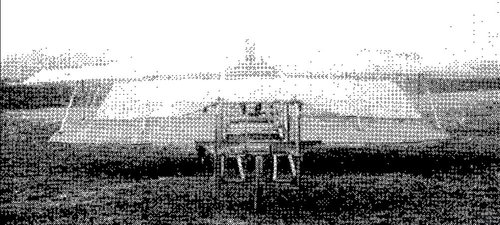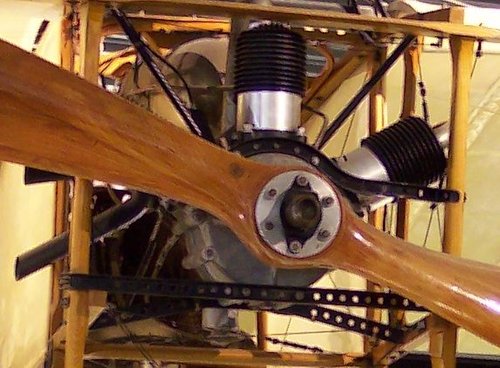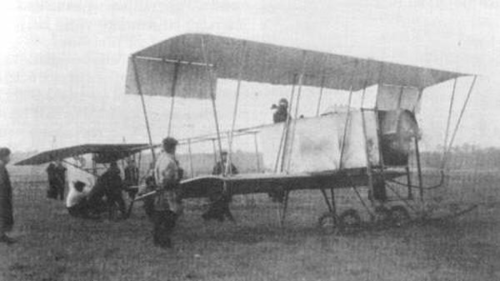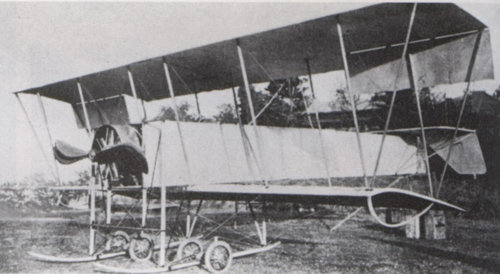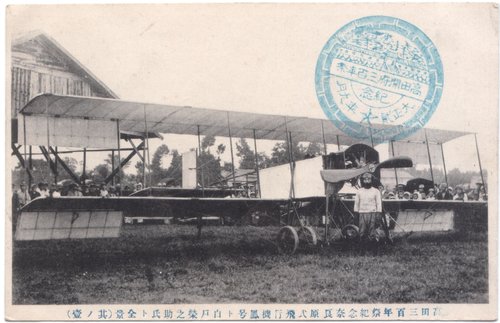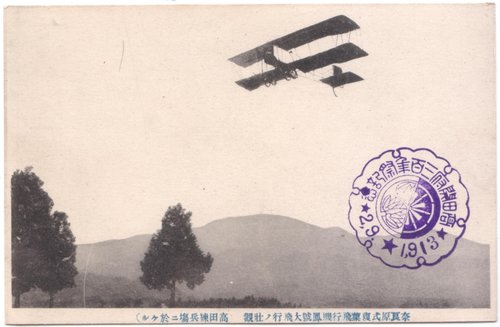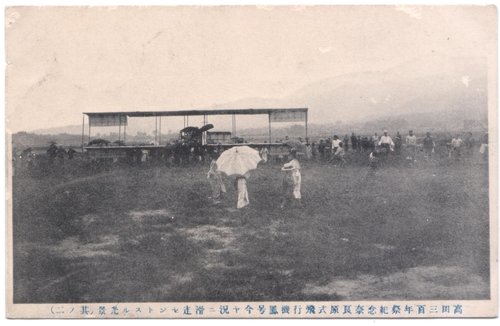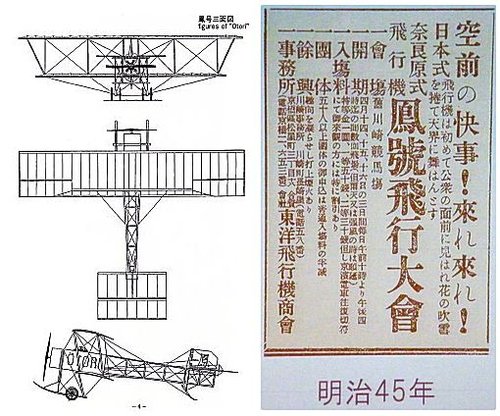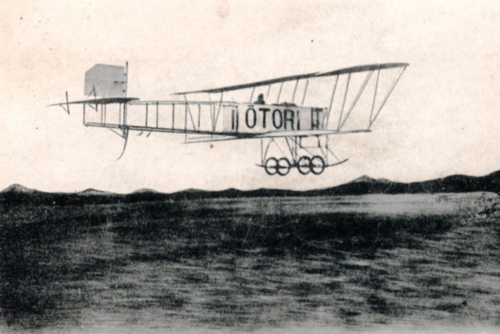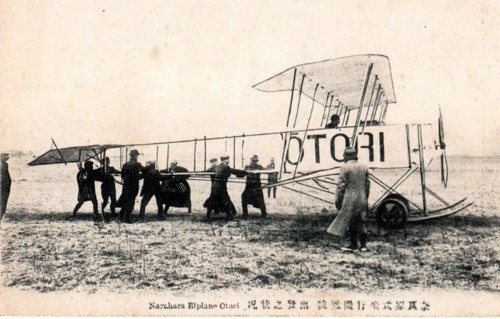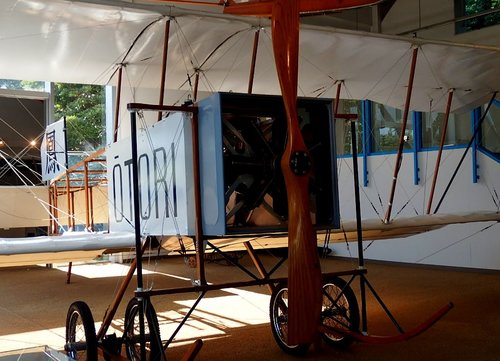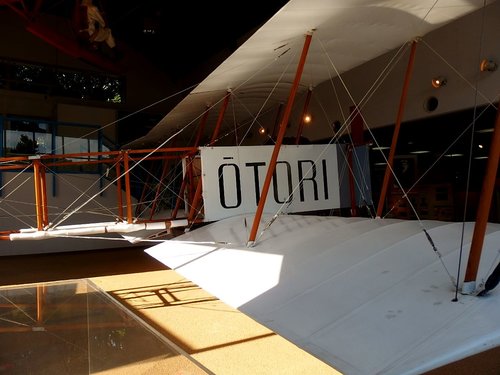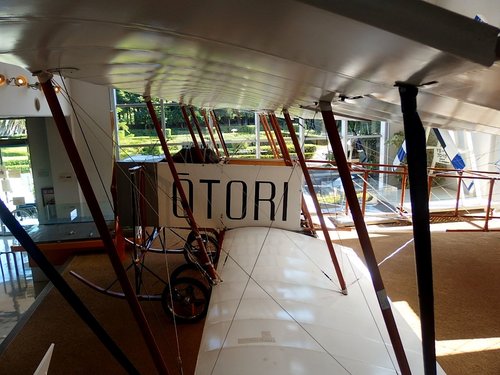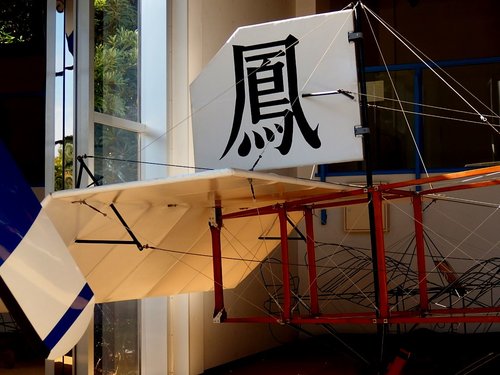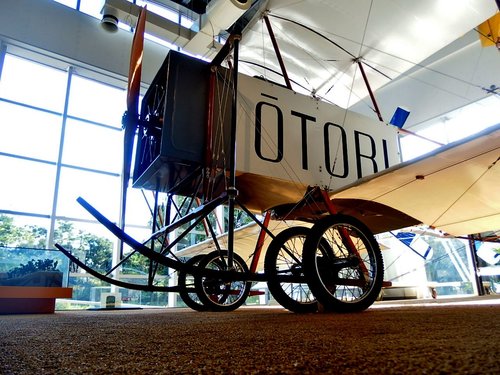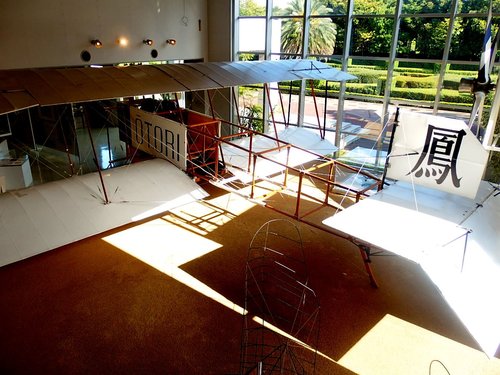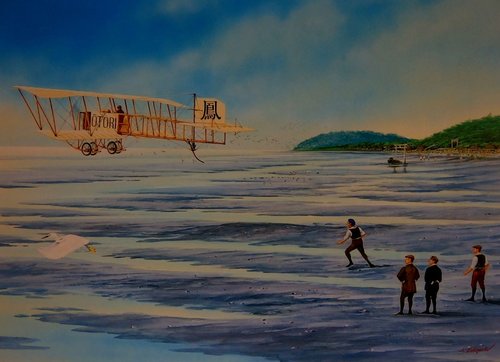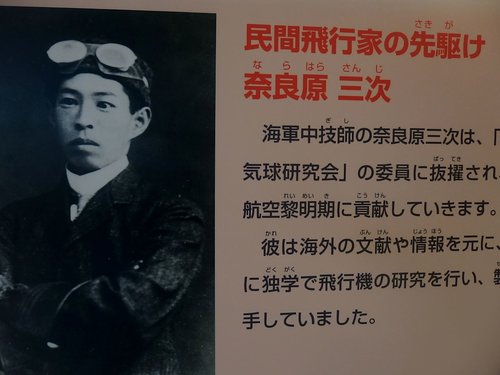blackkite
Don't laugh, don't cry, don't even curse, but.....
- Joined
- 31 May 2007
- Messages
- 8,567
- Reaction score
- 6,742
Hi! The Narahara 2 Aeroplane.
Source : ENCYCLOPEDIA OF JAPANESE AIRCRAFT VOL.8.
Narahara type No. 2 airplane
At the beginning of 1911, pilot Narahara imported the French Gnome 50hp engine and built a newly designed No. 2 airplane at Tokyo Airplane Manufacturing. This airplane, with reference to the new aircrafts of Britain and France, gave dihedral to the main wing, attached auxiliary wings to both trailing edges of both upper and lower wings, and had two front wheels with a tail sled.
On May 5, 1911, this plane made its first flight at the Tokorozawa Flight Test Site, the first airfield in Japan. Also this was the first flight of the domestic aircraft. Pilot Narahara was in charge of the operation, and the flight distance was 60 m and the flight altitude was 4 m. This aircraft recorded a maximum flight distance of 600 m and a maximum flight altitude of 60 m in subsequent flight tests.
Span : 10. 00m (Upper wing), 9. 20m (lower wing), Length : 10. 00m, Height : 2. 80m, Empty Weight : 430kg, Gross Weight : 550kg, Engine : Gnome air cooling radial rotary 7 cylinders 50hp engine
Source : ENCYCLOPEDIA OF JAPANESE AIRCRAFT VOL.8.
Narahara type No. 2 airplane
At the beginning of 1911, pilot Narahara imported the French Gnome 50hp engine and built a newly designed No. 2 airplane at Tokyo Airplane Manufacturing. This airplane, with reference to the new aircrafts of Britain and France, gave dihedral to the main wing, attached auxiliary wings to both trailing edges of both upper and lower wings, and had two front wheels with a tail sled.
On May 5, 1911, this plane made its first flight at the Tokorozawa Flight Test Site, the first airfield in Japan. Also this was the first flight of the domestic aircraft. Pilot Narahara was in charge of the operation, and the flight distance was 60 m and the flight altitude was 4 m. This aircraft recorded a maximum flight distance of 600 m and a maximum flight altitude of 60 m in subsequent flight tests.
Span : 10. 00m (Upper wing), 9. 20m (lower wing), Length : 10. 00m, Height : 2. 80m, Empty Weight : 430kg, Gross Weight : 550kg, Engine : Gnome air cooling radial rotary 7 cylinders 50hp engine
Attachments
Last edited:

